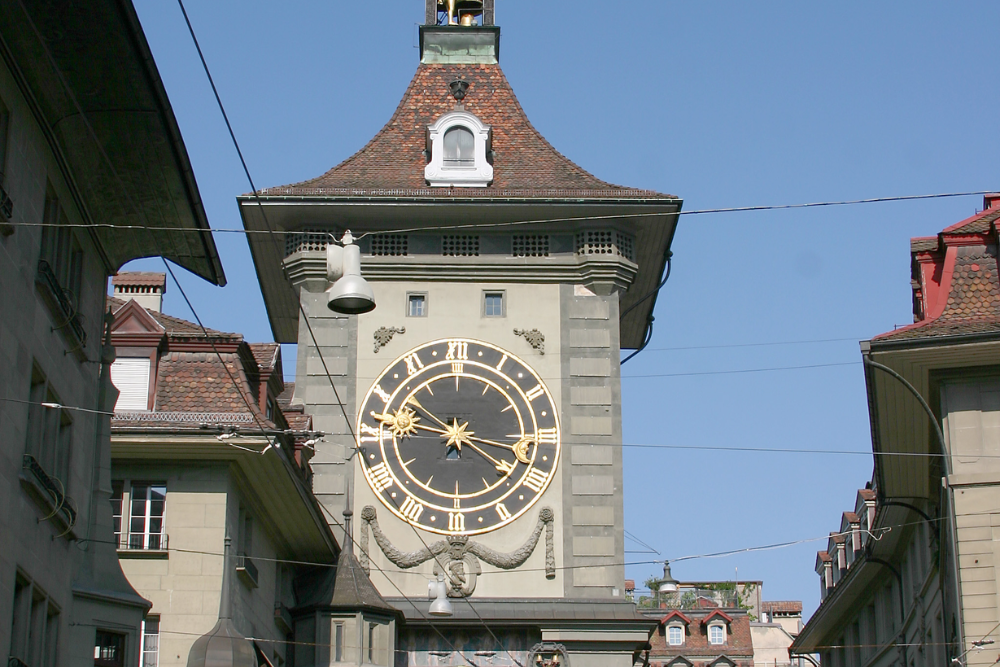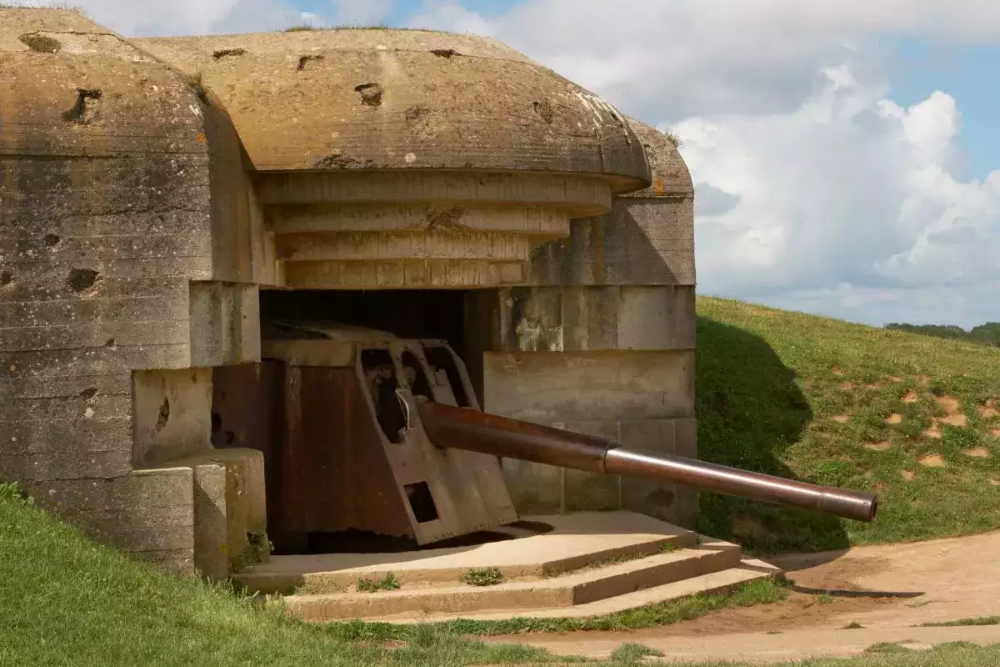Beneath the charming cobblestone streets and medieval facades of Bern lies a hidden world of underground tunnels, secret vaults, and forgotten chambers. While the Swiss capital is renowned for its UNESCO-listed Old Town, few realize that an intricate subterranean network exists beneath its surface. These secret passages, once used for defense, trade, and storage, offer a fascinating glimpse into the city’s past.
Join us as we uncover the hidden depths of Bern, exploring the stories behind these underground structures and how they continue to intrigue visitors and historians alike.
The Origins of Bern’s Underground Network
Bern’s underground history dates back to the Middle Ages, when the city was founded in 1191. As a strategic settlement on the Aare River, Bern required fortifications to protect against invaders. Beneath the city’s expanding streets, cellars, escape tunnels, and passageways were carved into the sandstone to serve various purposes.
Early merchants used underground storage spaces to keep goods cool, while secret corridors allowed safe movement during times of siege. Over the centuries, these subterranean structures expanded, adapting to the city’s changing needs.
Hidden Vaults and Cellars
Many of Bern’s buildings have deep, vaulted cellars, some dating back 700 years. These underground spaces were essential for storing wine, cheese, and grains in the absence of refrigeration. Some of the most notable historic cellars can be found along the arcades of the Old Town, where merchants once conducted trade beneath the bustling streets.
Today, some of these ancient cellars have been repurposed into wine bars, art galleries, and restaurants. Venues such as Kornhauskeller—a grand 18th-century grain storage vault transformed into an elegant dining space—allow visitors to experience Bern’s underground charm while enjoying Swiss hospitality.
The Zytglogge’s Secret Passageways
One of Bern’s most iconic landmarks, the Zytglogge clock tower, holds more than just centuries of timekeeping history. Beneath the tower, hidden passageways and chambers were once part of the city’s fortifications.
The Zytglogge originally served as Bern’s western gate before becoming a prison and later a clock tower. Some historians believe that prisoners were led through underground corridors to hidden dungeons. Guided tours today reveal glimpses of these old spaces, offering insight into medieval Bern’s security measures.
The Untertorbrücke Tunnel
Bern’s oldest bridge, the Untertorbrücke, was a crucial link between the city and surrounding regions. Beneath this 15th-century stone structure, hidden tunnels were carved to facilitate movement of goods and soldiers. These passageways, though rarely accessible to the public, are part of Bern’s rich military history.
The Cathedral Crypt and Forgotten Graves
Bern’s Münster (Cathedral of St. Vincent) is a towering Gothic masterpiece, but beneath its grand structure lies a crypt holding secrets from the past. During renovations, archaeologists uncovered ancient graves, revealing clues about Bern’s early inhabitants.
The crypt, which can be visited on special tours, contains remnants of past bishops and notable figures, preserving a layer of history hidden beneath the towering cathedral spire.
Wartime Bunkers and Modern-Day Mystery
Switzerland’s policy of military preparedness led to the construction of numerous bunkers during the 20th century. Some of Bern’s underground spaces were converted into air-raid shelters during World War II and the Cold War. While many remain classified or sealed off, a few have been repurposed for civilian use.
For example, the Stadtbachstollen, an underground water channel system, once supplied the city with fresh water and later served as an emergency escape route. Some sections are accessible through guided tours, showcasing Bern’s hidden infrastructure.
Exploring Bern’s Underground Today
For those eager to discover Bern’s subterranean world, guided tours offer exclusive access to some of the city’s most intriguing underground sites. From ancient tunnels to medieval vaults, these experiences reveal a side of Bern that few get to see.
Modern-day businesses and cultural spaces also embrace Bern’s underground charm. Hidden bars, historic wine cellars, and art exhibits bring new life to these centuries-old spaces, ensuring that the city’s underground world remains an integral part of its identity.
Conclusion
Bern’s underground passages tell a story of resilience, innovation, and adaptation. From medieval escape tunnels to wartime bunkers, these hidden spaces have played a crucial role in the city’s history. As Bern continues to evolve, its subterranean world remains a testament to the ingenuity of past generations.
Whether exploring secret vaults or dining in a historic cellar, uncovering Bern’s hidden depths offers a unique perspective on this timeless Swiss capital.












